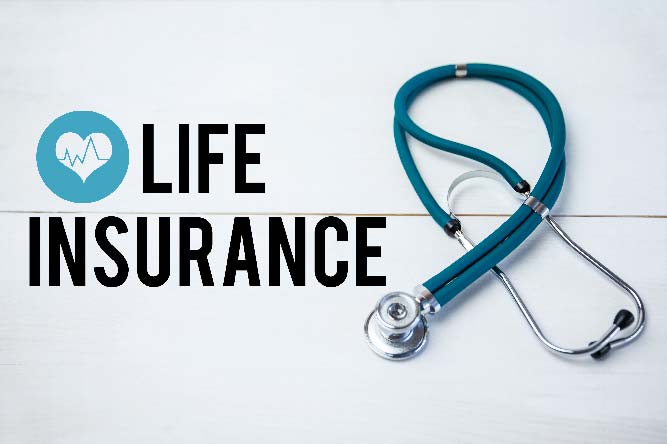Easy ways for Retirement Planning
Retirement planning is the procedure you set up to keep your money in order when you stop working. The basic rule is to start investing more actively when you’re younger and then gradually reduce your investment mix to one that is more conservative as you approach retirement. Either you or a professional can handle the management of your retirement funds. To know more about Retirement Planning, read on.
What Are The Things That One Needs To Look Out For In Someone’s Retirement Planning?
Following are the things that an individual plan should look out for in their retirement planning –
- Having Realistic Goals – Recognising the difficulty caused by the delayed planning. By doing this, you’ll be able to maintain perspective and set yourself up for success. If your funds are lower by age 50, you won’t be able to plan to enjoy a luxurious retirement lifestyle. You’ll need to be more practical and consider your immediate requirements first, making sure you have the cash to take care of them. You will be guided in this stage by the activity you completed to build an overview of your present financial situation.
- Capping On Avoidable Costs – You will have two main costs throughout your retirement years. As you age, certain medical issues might arise, necessitating the need for financial healthcare planning. Similar to monthly electricity, groceries, and other living expenditures, these demands must also be considered as they will be present throughout your lifespan. There may also be some unanticipated situations, and being short on money at such a moment may cause worry.
- Following A Healthy Lifestyle – Your lifestyle is another key thing to take into account here. Progressive generations have tended to be more oriented toward consumerism whereas previous generations had a conservation perspective. Whether you have a job or not, it will be challenging to modify your consumption patterns.
What Are The Things That Can Help Someone In Their Retirement Planning?
Following are the things that can help an individual in their retirement planning –
- Determining Protection – The burden of declining health comes with age. Therefore, there is a good chance that you may have medical bills throughout your retirement years. An excellent place to start is by selecting a comprehensive health insurance plan that offers coverage for a variety of diseases and conditions. Health insurance offers protection from financial obligations brought on by unanticipated medical costs. Healthcare costs are currently fairly expensive, and experts predict that they will continue to climb in the coming years. One can only speculate as to how much care for a serious disease might cost given that even basic treatments may be costly. Your funds will be eroded and the financial plans you have set for retirement will suffer if you don’t have health insurance coverage.
- Income Stream – Whether you are employed or not, you will still want a reliable source of money. Solutions for insurance might be useful in this situation. Income replacement options like income solutions are essential for ensuring financial stability after you quit working. There are currently products on the market that give a variety of choices and allow you to supply for specified time periods, whether they be short or long term. These income options can provide you with a regular dividend and enable you to keep up a strong income stream for at least a few years after retiring. Similar to pension programmes, annuities can assist in establishing a reliable income stream for your post-working years.
- Starting Early – It is never too late to begin making retirement plans. However, it is certain that getting started sooner would have had much greater advantages. Your objectives for your post-working years are just as crucial as those for your early years since people’s retirement dreams are now changing. When you start being paid, it’s tempting to spend money and focus on urgent issues. However, it is crucial to consider the long term since long-term goals require investing a large portion of your lifetime earnings.
Endnotes
If you start young, there are numerous financial solutions on the market that really can make it easy and flexible for you to prepare for retirement years. Additionally, the compounding impact your money might undergo over a longer period of time will undoubtedly pay off with significant rewards in the future.
Easy ways for Retirement Planning Read More »










